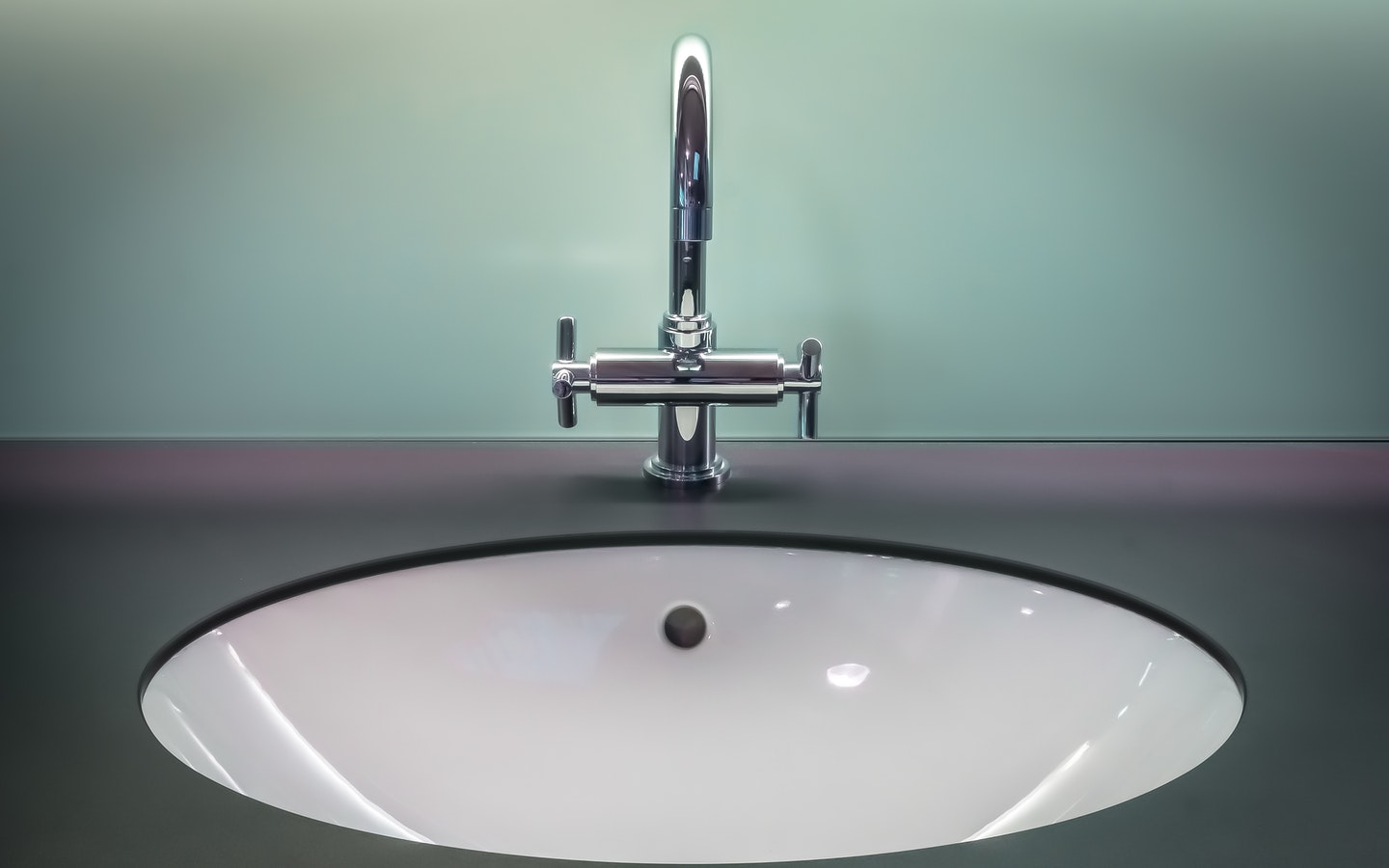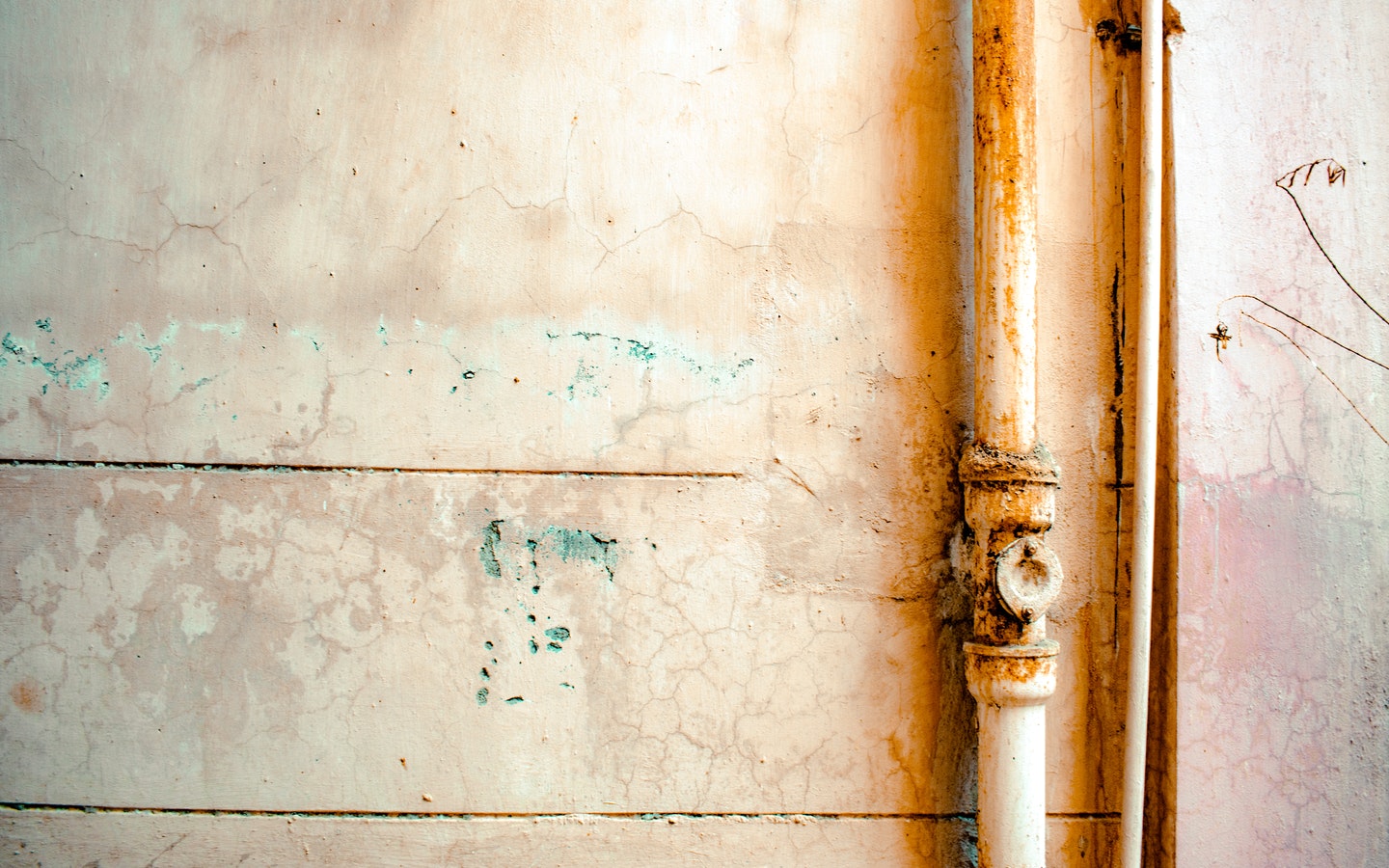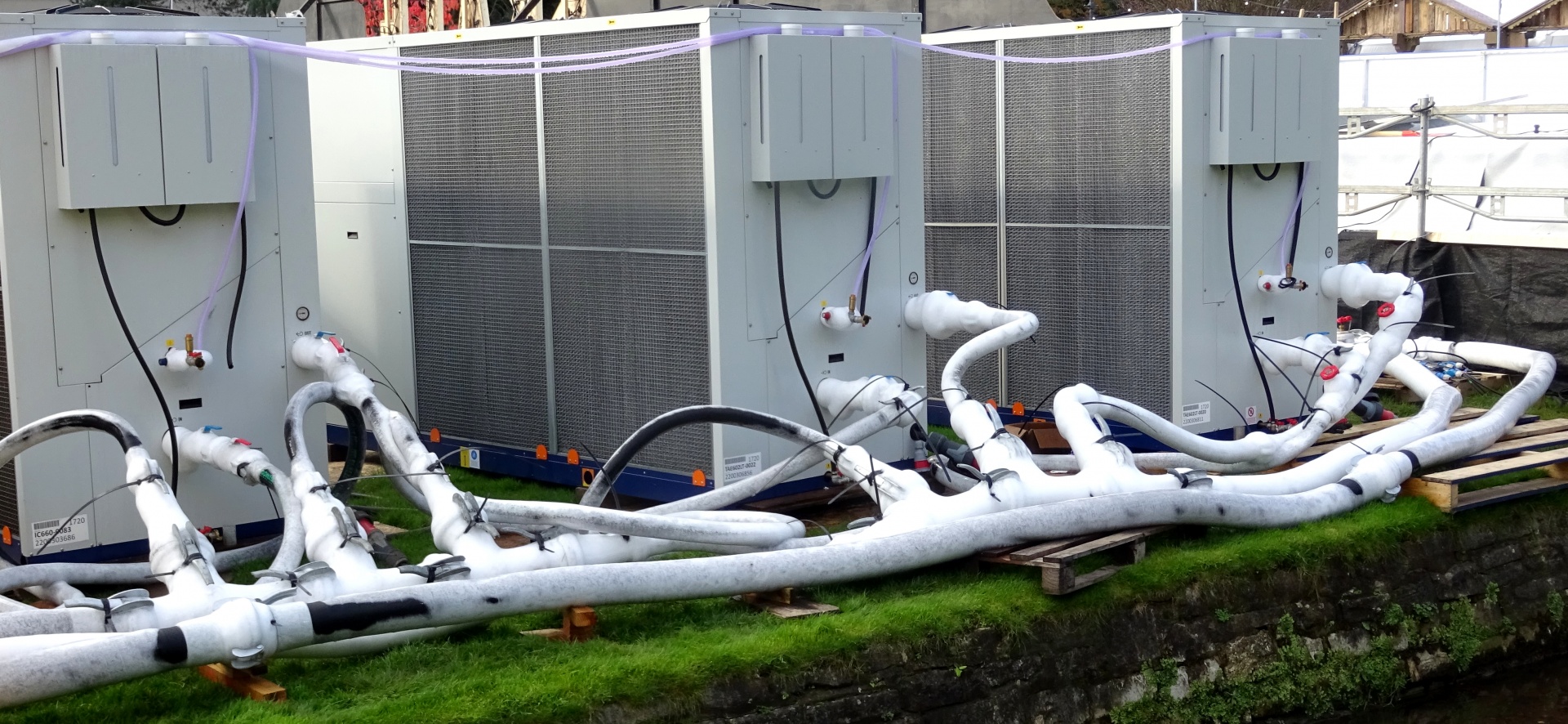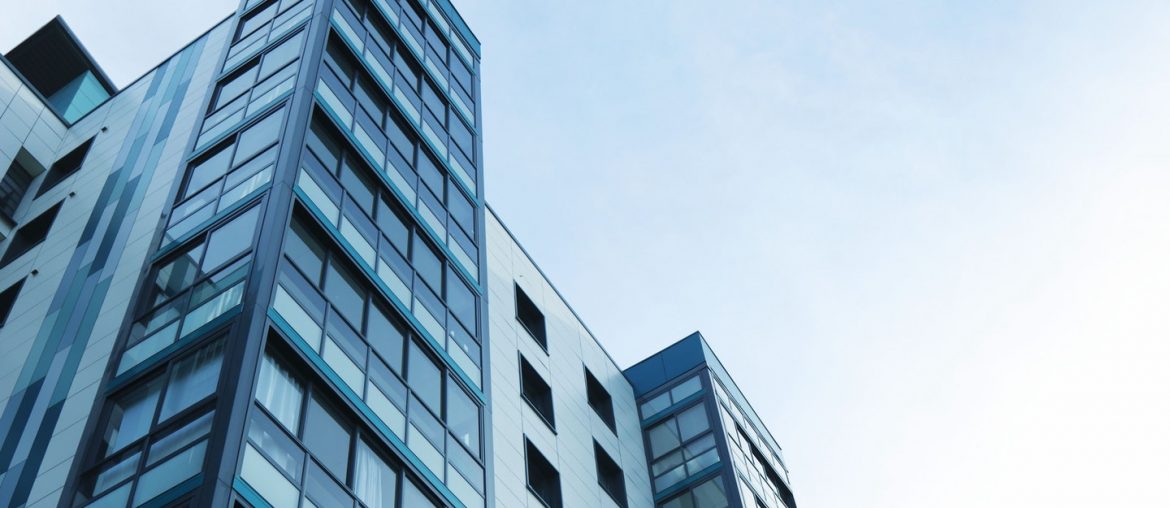Humans have always believed water to be a renewable resource. But recent studies have shown that there could be an increase in cases of water scarcity in many places around the world. This is why water conservation has become a hot topic in the last decade. In our recent articles in the water efficiency series, we have talked about creating a water-efficient home and how you can conserve water at home. In today’s article, we will be looking at ways to save water in commercial buildings.
Commercial buildings account for about 10 percent of all water usage. In the past, operators of such buildings were not concerned too much with saving water and energy consumption. But the recent adoption of LEED certification standards in Dhaka has created new opportunities for commercial buildings to be more environmentally sustainable. So, let’s have a look at the ways to save water in commercial buildings.
Proper Fixtures

Most of the water being used in commercial buildings flows through its fixtures. Recently, advancements in technology have resulted in more efficient fixtures that have resulted in low-flow fixtures, which can replace older fixtures that consume a lot of water. Super efficient dual-flush toilets can also be installed to save water. These are a lot more costly compared to normal inefficient fixtures and plumbing, which means there would be a high initial investment on these. But the return on investment would be multiple folds, as not only would you be saving on utility bills but it would also make your office space more environmentally sustainable. Do keep in mind that these fixtures would not work well with older buildings that have very old plumbing systems installed.
Recycling & Harvesting

A lot of water in commercial buildings that go to waste can be reutilized for different purposes within the building. For this to happen, greywater recycling needs to be done. Greywater is water that comes out of laundry, showers, and bathroom sinks. It’s not sanitary, but not toxic either, which allows it to be used for numerous purposes. Through installing greywater treatment plants in commercial buildings, the greywater can be properly recycled. Uses for greywater include flushing toilets and watering gardens. Rainwater harvesting is another useful method of saving water in commercial buildings, especially in areas where rain is more prevalent. The uses for harvested rainwater is similar to that of greywater.
Checking For Leaks

The one thing that we always take for granted is that our pipes are always going to be working okay. And we ignore the smallest of leaks in them. But the smallest leak can result in hundreds of thousands of liters of water lost, especially in commercial buildings. And in these buildings, pipes are mostly hidden in walls, so leaks are less apparent. Proper maintenance, checking, and fixing pipe leaks is one of the ways to save water in commercial buildings. But preventative measures can also be taken, such as including meters to check water leaks in pipes. Leak detection systems can also be used to alert of such leaks so that maintenance work can be done before damage is done to walls, ceilings, and equipment.
Cooling Tower Maintenance

Commercial buildings require large air conditioning systems. And these systems require a lot of cooling. This is where cooling towers come in. They take away the heat from the air conditioning system but this process can end up using a lot of water. Which is why it should be ensured that cooling towers are at their peak efficiency. This can be done with proper maintenance. Plus, rainwater and greywater can also be used in cooling towers to reduce water usage. Condensed water from cooling towers can be used elsewhere.
Making use of the aforementioned ways to save water in commercial buildings will not only reduce utility bills but also help make commercial buildings more sustainable. For similar articles like this, visit the Bproperty blog. Do let us know your thoughts on this article in the comments.




